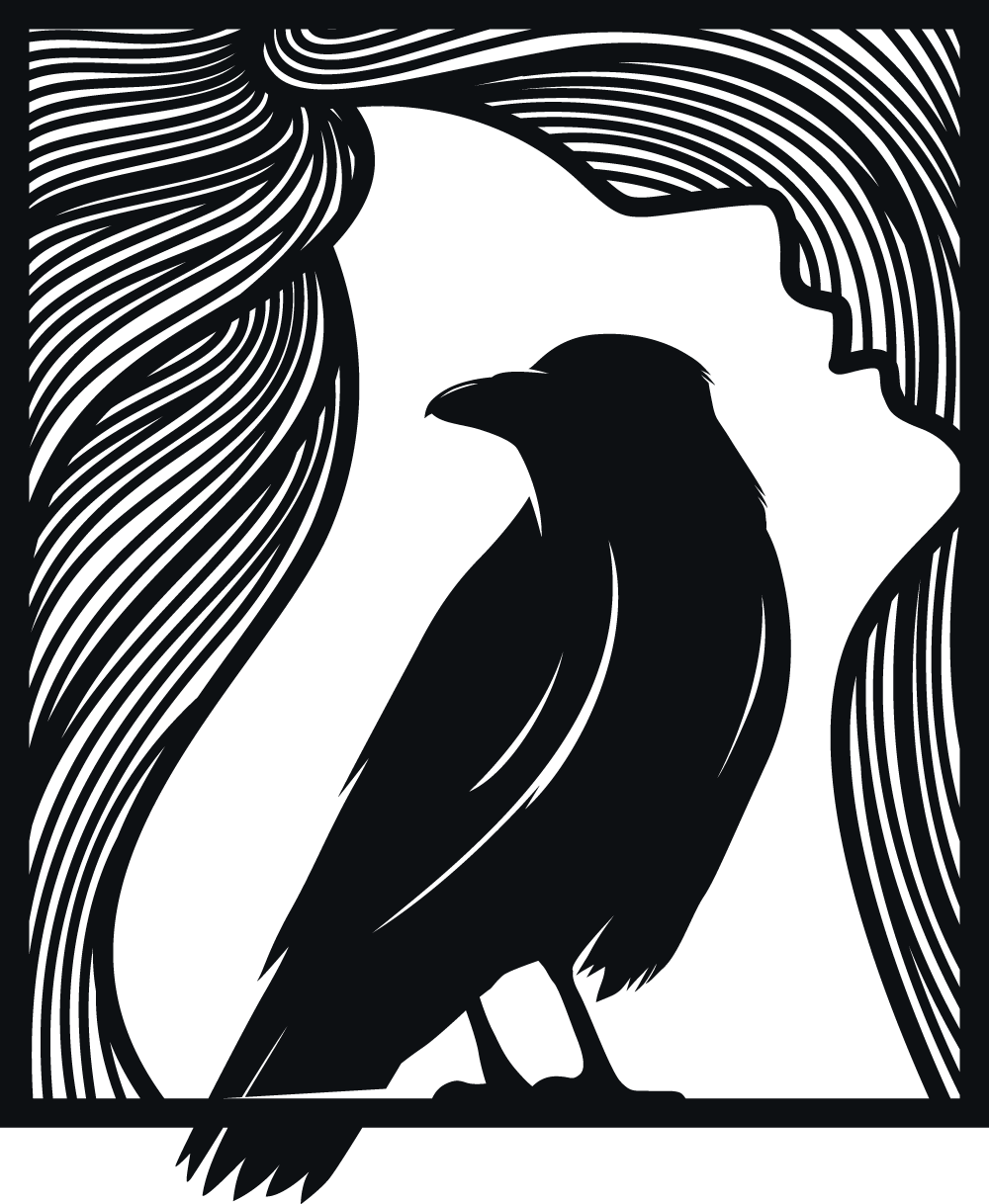
Frey (Old Norse: Freyr) is a key figure in the Norse pantheon, associated with fertility, prosperity, peace, and good harvests. He is one of the Vanir, a group of gods connected to nature and fertility, distinct from the Aesir gods like Odin and Thor, but after the Aesir-Vanir War, Frey and other Vanir became integrated into the Aesir. Frey is often depicted as a benevolent and life-giving god, ruling over the prosperity of crops, animals, and humans.
Key Aspects of Frey:
- God of Fertility and Agriculture: Frey is primarily a god of fertility, ensuring the earth’s bounty, good weather, and prosperity for communities. He is closely linked to agriculture and is often invoked for successful harvests.
- God of Peace and Wealth: Frey is also associated with peace, pleasure, and abundance, often portrayed as a symbol of prosperity and happiness in Norse culture.
- Symbolism: Frey is symbolized by golden boars (his boar is called Gullinbursti), which represent fertility, and his ship Skidbladnir, which can always find favorable winds.
- Marriage and Prosperity: Frey is married to the giantess Gerd, a union that represents the fruitful merging of opposing forces, symbolizing fertility and the growth of nature.
Frey in Modern Paganism:
In modern Norse neo-paganism or Ásatrú, Frey is often invoked in rituals related to fertility, nature, and abundance. He is honored during seasonal festivals such as Yule and Midsummer, times of rebirth and growth. Followers of Ásatrú may also honor Frey in rituals concerning peace and prosperity, reflecting his role as a god of harmony and balance.
Frey continues to represent the life-affirming aspects of nature, fertility, and human prosperity in contemporary pagan practices, symbolizing the essential balance between humanity and the earth.

